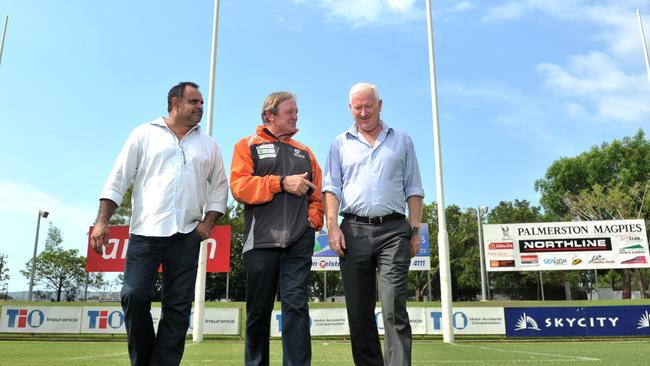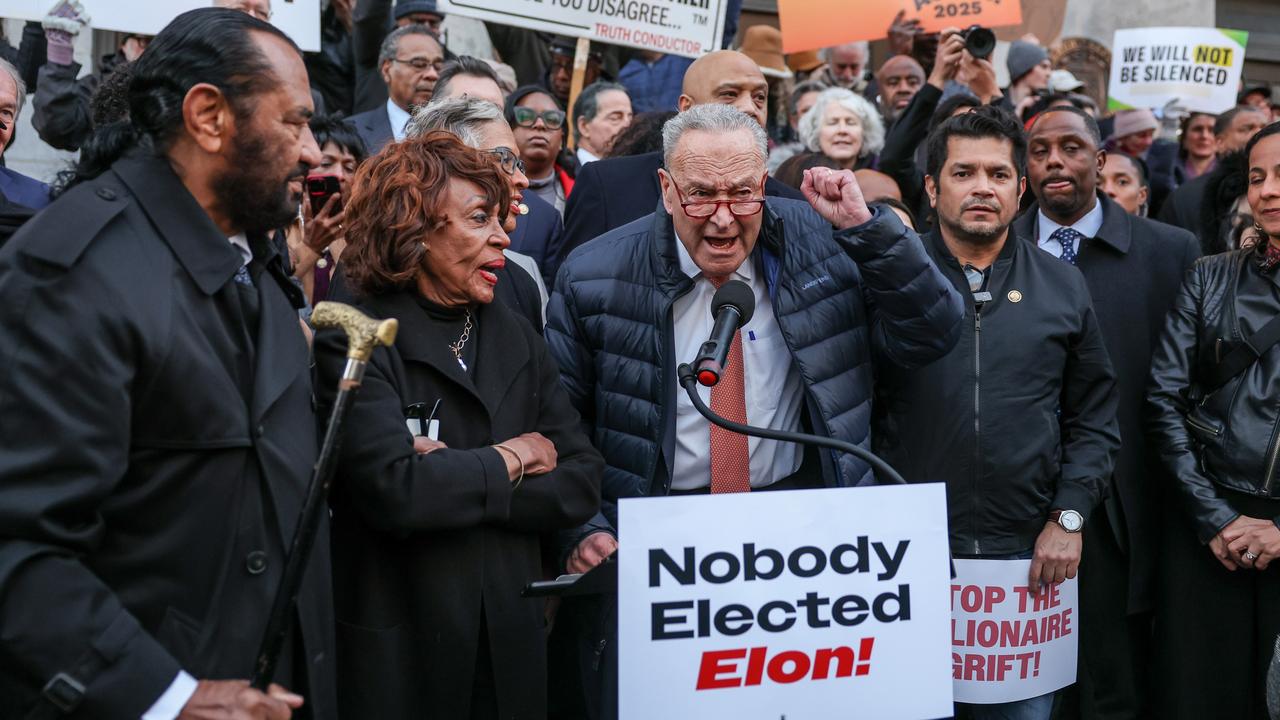Grey Morris: Football is life itself in the Northern Territory
IT WAS former St Kilda and Brisbane footballer Gilbert McAdam who told me in 1997 that Australian football to Territorians was almost as important as life itself

Opinion
Don't miss out on the headlines from Opinion. Followed categories will be added to My News.
IT WAS former St Kilda and Brisbane footballer Gilbert McAdam who told me in 1997 that Australian football to Territorians was almost as important as life itself.
We were both in Melbourne with the new Territory Thunder under-18 side, created from the old Teal Cup format and beginning to show the fruits of what probably was the most innovative move the underage game in the Far North ever made.
This writer was sharing a pizza and a coffee with McAdam and former umpire Ron Thompson in a cafe not far from our dwelling in Carlton when the subject of footy and its importance to Territorians from Papunya to Port Keats and the Tiwi Islands to Ti Tree.
For a young bloke (seven years old) who lived in Papunya from 1963-65, the conversation struck a chord and rekindled memories of travelling in a cattle truck with the local team to places like Hermannsburg, Areyonga and Yuendumu.
One memory from those trips is my father Ted up front in the cabin where it was warm and hot tea and coffee came with biscuits meanwhile the players and I drank fruit juice from big tins and shared raisins and bread.
Now, more than 50 years later, I sit back and wonder where community football has come since those heady days of the mid 1960s.
It took a lot of years before long serving AFLNT boss Tony Frawley placed regional development managers in remote areas of the NT, a move that should have been made 30 years before.
Even now, almost three years after Frawley left his post, there are not enough RDM’s in the communities where McAdam’s words still ring true today — football is, indeed, life itself.
Travel anywhere throughout remote areas of the NT, then throw a bag of footballs in the middle of an oval or cleared space and the kids will come, all with their unique skills and deep love for the game.
It is an area of the game that needs more work and consistent attention, to focus on the elite from the bush is a good first step, but the game must embrace everyone.
As a barefoot white kid in Papunya, I was turned inside out by the wizardry of my indigenous friends more than once and was left to watch them running away with the football laughing to themselves while this kid foundered behind.
The intended exit last week of AFLNT chief executive officer Michael Solomon after 30 months in the job is an example of why the game must embrace those same wizards, they are the nameplates of the NT game.
Solomon can lay claim to increased football and community development roles in remote areas and securing funding from the Federal Government for remote development programs.
But it was Frawley who created in tandem with Essendon champion Michael Long the idea of his own Michael Long Learning and Leadership Centre, installed the first full-time regional development managers in the bush and pushed the rise of Territory Thunder.
Asked, in 2015, where he was leaving the game after being the decision maker on what direction it was taking after his 10 years at the helm, Frawley said every person in the NT now had an opportunity to play Australian football, regardless of where they lived.
“That was one of the big things when we set our strategic plans back in 2007,’’ he said.
“We wanted to make that happen, so if you’re in Gove, Lake Nash, Alice Springs, Santa Teresa or Wadeye, you’ve got access to our game.’’
When the ninth AFLNT boss is announced later this month, those words should be stamped on the hallowed walls of the MLC where many experts have entered but very few have found their way out of the exit door.


